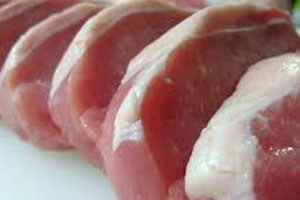RESEARCH: New method for boar taint detection

A PhD thesis at Ghent University, Belgium, has yielded a new method to detect boar taint, called Ultra Performance Liquid Chromatography (UPLC), Dutch agricultural newspaper Boerderij Vandaag reports.
The method, developed by researcher Karen Bekaert, is a chemical analysing method to separately measure three substances causing boar taint: Skatole, indole and androstenone. The substances are measured in the fat. Measuring has to be done in a laboratory, rather than at the slaughter line.
Skatole and indole is measured at least 5 μg/kg of fat, for androsterone the limit is 10 5 μg/kg. The values are well below the threshold at which people perceive boar taint in meat. Interestingly, Bekaert said there may be more substances than the three well known ones being responsible for boar taint.
Related websites:
Ghent University
Boerderij Vandaag







